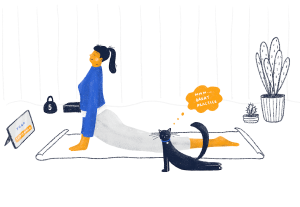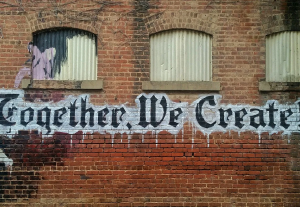- Artificial Intelligence, Conversational Design, Design, Design Theory, Things UX People Like, UX Magazine
Personalization, engagement, and efficiency—discover how AI and ML are shaping the future of UX design and revolutionizing user experiences.
- The article cover how AI and ML transform UX design with the following 3 points:
- Personalization.
- Engagement.
- Efficiency.
Share this link
- June 8, 2023

- Artificial Intelligence, Design, The rise of design, Things UX People Like, UX Education, UX Magazine, UX World Changing Ideas
Embracing the Balance: Nurturing Humanity in an AI-Driven World. Depending on who you ask, AI is either empowerment or a means to take your job. I fall into the former camp, empowerment, and here’s why.
- The article emphasizes the importance of maintaining human connection and empathy in an AI-driven world.
Share this link
- June 6, 2023

- Apple, Consumer products, Conversational Design, Design, Mobile Technology, Product design, The rise of design
- In this article, the author reflects on their experience as a product designer at Apple and shares valuable lessons they learned in areas such as effective communication, storytelling, trusting instincts, and embracing simplicity, among others.
Share this link
- May 23, 2023

- Artificial Intelligence, Design, Design Theory, Design Tools and Software, The rise of design
A look into the revolutionary combination of Design Thinking and AI, showcasing how ChatGPT empowers the creative process.
- Integrating the AI tool ChatGPT into design thinking enhances the process by gathering user feedback, generating ideas, and validating prototypes.
- ChatGPT simulates user interviews, providing valuable insights for creating empathy maps and understanding user needs.
- The AI model enables quick and cost-effective creation of text-based prototypes, facilitating efficient testing and validation of design concepts.
Share this link
- May 16, 2023

- Consumer products, Customer Experience, Design, Product design, Things UX People Like, UX Education
If you’re a fan of cartoons, you’ve probably seen that moment when the main character has a great idea, and a lightbulb turns on in their brain. Or maybe a genius plan falls into place. Well, “aha moments” aren’t just for cartoon characters. Businesses need them too.
- An “aha moment” is the moment your users realize the value your product provides. The author suggests that finding the “aha moment” for your product starts with user interviews and usability testing to understand your users’ habits, priorities, and wants.
- According to the author, to facilitate the “aha moment” for your users, you should focus on:
- Onboarding;
- Personalization;
- Removing barriers or bottlenecks in the user experience.
Share this link
- April 27, 2023

- Agile and Iterative Process, Conversational Design, Design, Design Theory
Agile and Design Thinking are, as buzzwords, commonplace in today’s corporate world. But what happens when an organization must blend the two, especially when it is on a larger scale? The two did not originate from the same source, but they are both essential to help companies move forward.
- The article explores how organizations can merge Agile and Design Thinking to create a more flexible, collaborative, and customer-focused approach to problem-solving.
- The Scaled Agile Framework (SAFe) incorporates Design Thinking principles into the Agile continuous exploration cycle, but it also has some key differences.
- To successfully blend Agile and Design Thinking, organizations must recognize that Design Thinking is also Agile in its iterative, co-creative, and collaborative approach, and applying too strict of a cadence and speed to the process could be counterproductive.
Share this link
- April 25, 2023


